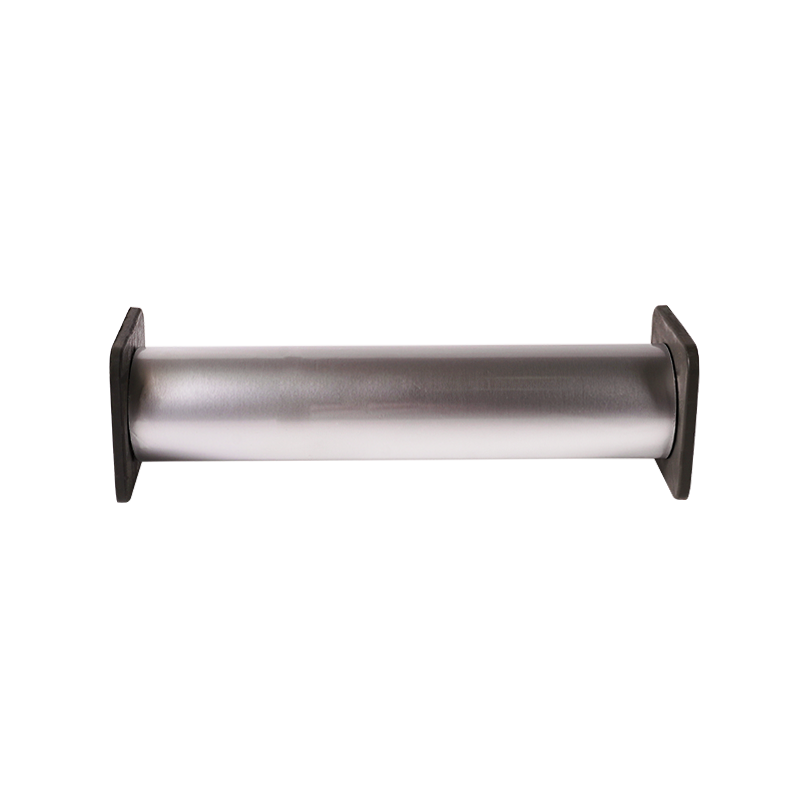Why Consider aluminum foil heating element material for Thermal Applications?
Aluminum foil has emerged as an interesting candidate for heating element applications due to its unique combination of physical and thermal properties. While not traditionally considered a primary heating element material, its characteristics make it suitable for certain low-to-medium temperature applications where flexibility and cost-effectiveness are prioritized.
Key Properties of Aluminum Foil for Heating
- High thermal conductivity (approximately 235 W/m·K)
- Excellent electrical conductivity when properly treated
- Lightweight and flexible nature
- Corrosion resistance in many environments
- Relatively low cost compared to specialized heating materials
Comparison With Traditional Heating Element Materials
When comparing aluminum foil to conventional heating element materials, several distinct differences become apparent:
| Property |
Aluminum Foil |
Nichrome Wire |
Carbon Fiber |
| Maximum Temperature |
~400°C |
~1200°C |
~600°C |
| Thermal Response |
Very Fast |
Moderate |
Fast |
| Flexibility |
Excellent |
Good |
Fair |
| Cost |
Very Low |
Medium |
High |
How to Create DIY aluminum foil heating pads for Various Applications
The versatility of aluminum foil makes it particularly suitable for creating customized heating solutions. DIY aluminum foil heating pads can be constructed for numerous applications ranging from personal warmth to specialized industrial uses.
Materials Required for Construction
- High-quality aluminum foil (preferably heavy-duty)
- Insulating materials (fiberglass, ceramic paper, or mica sheets)
- Power supply with appropriate voltage regulation
- Thermal adhesive or high-temperature tape
- Protective outer layer (silicone or fiberglass cloth)
Step-by-Step Construction Process
Design Phase
Before beginning construction, careful planning must be undertaken to ensure the heating pad meets specific requirements. The design should account for:
- Desired temperature range
- Power consumption limits
- Size and shape constraints
- Safety considerations
Assembly Process
The actual assembly involves several critical steps that must be followed precisely to ensure proper functionality and safety:
- Cut the aluminum foil to the desired shape and size
- Create proper electrical connections using conductive adhesives or mechanical fasteners
- Layer the insulation materials appropriately
- Test the resistance and current draw before final assembly
- Seal the unit with protective layers
Exploring the thermal conductivity of aluminum foil heaters
The thermal conductivity of aluminum foil heaters plays a crucial role in their performance and efficiency. Understanding this property helps in designing effective heating systems using this material.
Factors Affecting Thermal Performance
- Foil thickness (typically 0.006mm to 0.2mm)
- Surface area and contact with heated objects
- Presence of oxide layers
- Environmental conditions (humidity, air flow)
- Electrical current density
Measurement and Optimization Techniques
Several methods exist for measuring and improving the thermal conductivity of aluminum foil-based heaters:
| Technique |
Description |
Effectiveness |
| Laser Flash Analysis |
Measures thermal diffusivity |
High accuracy |
| Heat Flow Meter |
Direct measurement of conductivity |
Moderate accuracy |
| Comparative Method |
Uses reference materials |
Good for relative measurements |
Aluminum foil vs resistive wire heaters: A Comprehensive Comparison
When considering aluminum foil vs resistive wire heaters, several factors come into play that may influence the choice between these two heating technologies.
Performance Characteristics
The fundamental differences in performance between these heater types stem from their material properties and construction methods:
- Temperature Distribution: Aluminum foil provides more uniform heating across surfaces
- Response Time: Foil heaters typically respond faster to power changes
- Durability: Resistive wires generally withstand higher temperatures longer
- Flexibility: Foil offers better conformability to complex shapes
Application-Specific Considerations
Industrial Applications
In industrial settings, the choice between these technologies depends on:
- Process temperature requirements
- Need for rapid thermal cycling
- Space constraints
- Maintenance requirements
Consumer Products
For consumer applications, additional factors become important:
- Safety considerations
- Energy efficiency
- Product lifespan
- Manufacturing costs
Safety considerations for aluminum foil heating elements
Working with aluminum foil heating elements requires careful attention to safety protocols to prevent accidents and ensure reliable operation.
Electrical Safety Measures
- Proper insulation of all conductive parts
- Use of ground fault protection devices
- Current limiting to prevent overheating
- Regular inspection for damage or wear
Thermal Safety Precautions
The thermal properties of aluminum foil heaters necessitate specific safety measures:
| Risk Factor |
Prevention Method |
Monitoring Technique |
| Overheating |
Thermal fuses or cutoff switches |
Temperature sensors |
| Hot Surfaces |
Thermal barriers or insulation |
Surface temperature checks |
| Fire Hazard |
Flame-retardant materials |
Smoke detectors |
Optimizing aluminum foil heater efficiency in different environments
Maximizing aluminum foil heater efficiency requires understanding how various environmental factors affect performance and implementing appropriate design strategies.
Environmental Factors Affecting Performance
- Ambient temperature variations
- Humidity and condensation risks
- Airflow and convective heat loss
- Contact with other materials
Efficiency Improvement Techniques
Design Optimizations
Several design approaches can enhance the efficiency of aluminum foil heaters:
- Pattern optimization for even heat distribution
- Strategic placement of thermal insulation
- Use of reflective backing materials
- Proper sizing for the intended application
Operational Improvements
Beyond physical design, operational practices can significantly impact efficiency:
- Precise temperature control systems
- Duty cycle optimization
- Regular maintenance schedules
- Proper installation techniques
